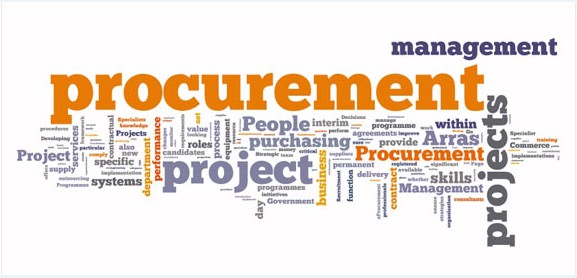There is a lot of thinking one has to do while working on procurement. There are times when businesses need to look carefully at the things they are doing wrong to understand the right way of doing it. Every business will wish to increase their ROI through best procurement practices. The mantra today is to achieve more with less. However, if businesses are not carefully monitoring their expenditure, they may land in maverick spending.
Irrelevant and Ill Managed Spend
About 20% of an organization’s expenditure is estimated to be in procurement, and almost 80% of this gets distributed to the suppliers. This is where there can be substantial waste spending because of purchases full of errors, maverick spending, and inefficiently negotiated purchases. Even low-price purchases bear a huge impact because of the huge volumes of these purchases. If businesses try working on complete managed spend, it can eliminate the main reasons that bring in wasteful spending.
As a rule you should never renew contracts without reviewing them thoroughly. You need to look carefully into the credibility and background of the suppliers you pick, and more of the purchases get handled by the procurement team, at least three-fourth of the total expenditure.
Squeezing the Most Out of Suppliers
The earlier poor practice in procurement was to try and squeeze the utmost out of every supplier. Businesses did not bother if the supplier went bankrupt in helping them with the deal. There was always an unhealthy balance, where the projection of the enterprise was based on how capable the supplier was in maintaining the existing levels of supply at minimum price range.
The enterprise was totally dependent on the supplier. If the supplier decided not to provide materials to the business, as, either it had shaken hands with its competitor or this supplier had run out of resources, the business would end up being stalled. To cultivate effective activities so that suitable and beneficial relationships can be built with the entire supply chain, procurement people have to focus on supplier relationship management.
How do you know if a Business has Poor Supplier Relationship?
Predominantly, three symptoms will tell you if a business has a bad supplier relationship. Firstly, if the invoices do not get paid on time, regularly; secondly if the communication between the supplier and buyer is not really frequent; third, when you see the quality diminishing or the cost of materials increasing many-folds.
Business Dealing with uncontracted Suppliers
There are a host of people barging into the supply chain business these days, with little or almost no expertise and experience. Hence, it is absolutely essential for every vendor you choose to be able to meet the benchmarks in quality and be safe and ethically fit to work with. It is far more essential to understand you cannot risk your reputation and finances for lucrative one-time returns.
You need to be a lot diligent to make sure you are selecting the right kind of vendor to minimize the risk of your business. You need a regular monitoring of the activities between you and your vendor, and report regularly.
There are many procurement frauds running in the market who promise unbelievable trade through some phantom suppliers. Be careful of suppliers who can quote their price readily, do not have a competitive bid arranged, and make payments even when the vendor responsibility is not very clearly documented. These are the prime symptoms of fraudulent suppliers essentially.
All the above mentioned conditions essentially incur maverick spending in your procurement process. One has to be extremely careful while considering the kind of vendors they are dealing with, make sure their procurement Software process is not non-aligned and has a most of the procurement done by the procurement team exclusively.

